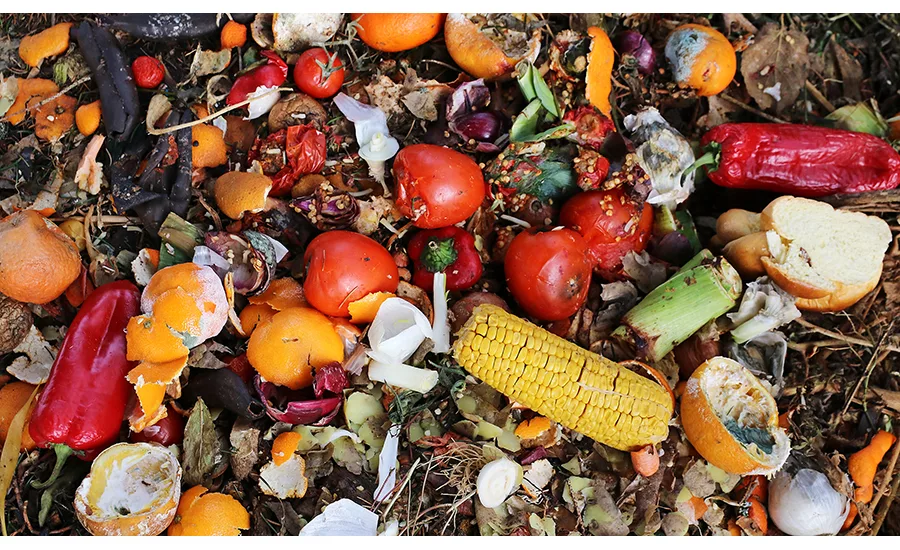Strategies for Reducing Food Waste in Manufacturing
Preventive maintenance, shortening conveyance distance can reduce food waste.

Photo courtesy of Getty Images / Astrid860l
 Dave Hicks, TBM Consulting
Dave Hicks, TBM ConsultingFOOD ENGINEERING recently spoke to Dave Hicks, vice president, maintenance excellence practice leader, TBM Consulting about strategies for reducing food waste in manufacturing, including collaborating with employees, shortening conveyance distances and preventive maintenance.
FE: At what point is food waste a significant issue? When should manufacturers become concerned?
DH: Roughly half of all food waste is caused by mismanagement in the supply chain. Production line spoilage, contamination, and product variation contribute to the almost 1.3 billion tons of annual food waste.
Manufacturing and other supply chain waste may seem inevitable. While companies should be most alarmed when products are recalled, any amount of food waste can be minimized by taking the right steps – starting with equipment.
FE: How does equipment play into waste?
DH: As you start to reconcile the checks and balances of incoming raw materials with outgoing product, you’ll start to see waste. Oftentimes product hits the floor or isn’t packaged correctly. Conveyors are running too fast, fillers are running over pressure, temperatures are out of spec, or motor circuits are being overloaded, and the evidence is food spillage, contamination, spoilage, cartons and boxes damaged, and overall equipment efficiency (OEE) declining.
This can be avoided, but many manufacturers struggle to implement change or a new process when it comes to equipment. In fact, many usually view maintenance activity as a necessary evil, or that it’s just something that will cost too much. Manufacturing leaders need to change this mentality and look at maintenance of the equipment as a cost savings instead of a cost avoidance. In most plants, the overlooked maintenance practices are the prime area for change that can improve OEE and the condition of the two greatest assets – people and equipment.
FE: How can you manage your equipment to produce less waste?
DH: Over time, the equipment is operated out of its original parameters and machine design capabilities, from exceeding its intended speed, its normal operating pressure or temperature.
Manufacturers should work to get equipment running back up to its standard and then implement a preventive maintenance strategy. To be most cost-effective, manufacturers should set up condition-based monitoring to set up trend lines and to make adjustments and routine maintenance when needed, rather than following a dated schedule or waiting until equipment is too far out of line that product is wasted while making repairs. Installing indicators on machines to monitor conditions can help to avoid taking action when unnecessary while also not letting an issue get out of hand to create a bigger problem.
Many plants do have a preventive maintenance plan, but most do not manage the plan properly.
FE: What are your other tips to reduce food waste?
DH: Most product is lost during conveyance from station to station. By reducing the distance or number of steps in the process, less food tends to end up on the factory floor.
As often as possible, take advantage of scheduled plant shutdowns for cleaning. Having the opportunity to touch the equipment will ensure issues are noticed quickly. Cleaning and maintenance of equipment go hand in hand – the cost of routine cleaning is much less than shutting down to fix expensive, damaged equipment.
I cannot stress this enough, walk the factory floor. With boots on the ground, it’s much easier to identify specific places where waste accrues and begin to implement changes to mitigate waste.
FE: You mentioned that people are the other greatest asset. How do people play into food waste?
DH: Taking care of your people is done by creating a safe and clean work environment. Hiring the right people and taking care of them will undoubtedly reduce waste. Similar to walking the floor yourself, talking to the people that live the process day in and day out will lead to impactful discoveries that can further reduce food waste.
Looking for a reprint of this article?
From high-res PDFs to custom plaques, order your copy today!







